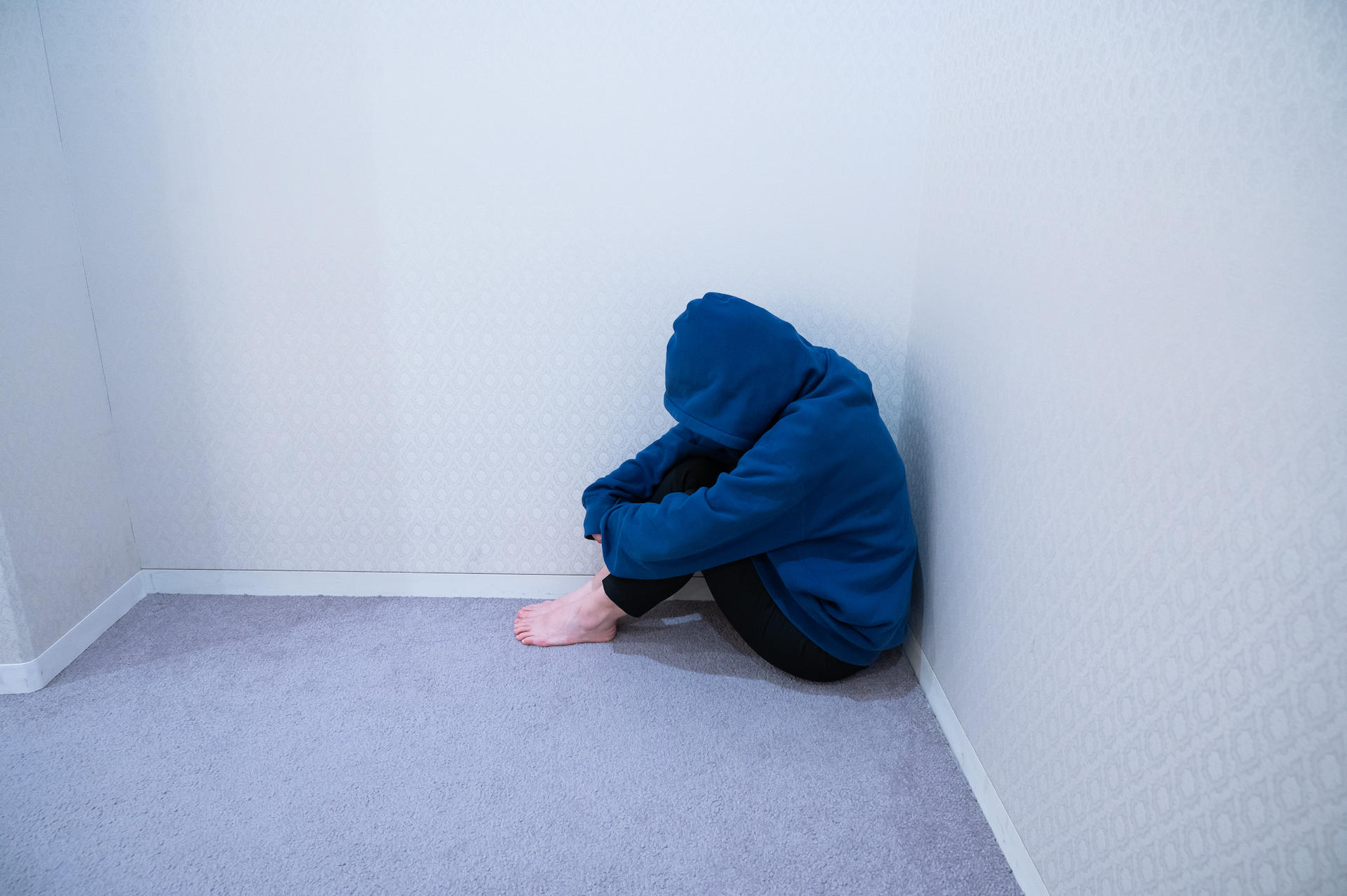400,000 fewer kindergarteners raises CDC concern about childhood shots
[ad_1]
All states require childhood vaccinations for illnesses such as polio, measles and whooping cough.
With widespread pandemic-related school closures, kindergarten enrollment was about 10 percent lower during the last school year than in 2019-2020. That meant about 400,000 fewer children entered kindergarten in fall 2020. Many parents were reluctant to sign up their kindergarten-age children for what they expected would be online school.
“This is concerning, because we don’t know how many of these children were vaccinated,” said Georgina Peacock, acting director in CDC’s immunization services division. “We do know during this time many children didn’t have well-child visits.”
“Having 400,000 fewer children entering kindergarten than expected is unusual,” Peacock said. “It was a situation we never really encountered before. … It’s reflective of the differences that we’ve seen in many things related to education and the health-care sector during the pandemic.”
It will be hard to determine how many of those 400,000 children are up-to-date on their required shots. Immunization data is collected by states and jurisdictions and reported to CDC for children entering kindergarten.
If some of those 400,000 children subsequently enrolled in kindergarten the next school year, 2021-2022, “then we would have information on that,” Peacock said. But CDC would have no data if some of those missing children were home-schooled for kindergarten and then entered first grade in the 2021-2022 school year.
Compared with 2019-2020, the report found overall vaccination coverage for kindergartners enrolled last school year fell by about 1 percentage point nationally. That decline translates to about 35,000 more children who started kindergarten without documentation of complete vaccination against common diseases.
National vaccination coverage for kindergartners has generally remained steady, about 95 percent. During the 2020-2021 school year, that rate fell below 94 percent — to 93.9 percent — for the first time in 12 years, said Shannon Stokely, CDC’s deputy division director for immunization services.
But for extremely contagious diseases such as measles — which is more infectious than coronavirus — even the smallest decline in vaccination coverage can compromise herd immunity and lead to outbreaks. National coverage for the MMR (measles, mumps, rubella), DTaP (diphtheria, tetanus, pertussis) and chickenpox vaccines during the 2020-2021 school year fell to about 94 percent, under the 95 percent target.
Missed routine vaccinations could leave children vulnerable to preventable diseases such as measles and whooping cough, which are extremely contagious and can be serious, especially for babies and young children. No spike in preventable childhood illnesses has been reported, but public health experts worry it could be just a matter of time if they aren’t able to boost immunization rates.
“Measles and polio, you can’t predict it, it just happens,” said Erica DeWald, director of strategic communications at Vaccinate Your Family, an immunization advocacy group. “A case is introduced, and it’s wildfire, particularly measles.”
In 2019, there were 1,282 cases of measles confirmed in 31 states, the most in 27 years. Outbreaks were clustered in parts of New York and the Pacific Northwest with low vaccination rates. Most cases were among people not vaccinated against measles.
Health officials said the drop in childhood vaccination coverage during the first school year of the pandemic was not unexpected.
Parents had reduced access and were reluctant to schedule well-child appointments. Schools expanded grace periods and eased vaccination requirements for remote learners, and had fewer submissions of vaccination documentation with fewer staff to assess kindergarten vaccination coverage.
CDC officials said the report indicates a continuing decline in childhood immunizations that began early in the pandemic. During the past two years, orders for routine vaccines from the federal Vaccines for Children program, which provides immunizations for half of all American children, were down more than 10 percent, compared with before the pandemic.
Whether that will continue remains unclear.
“We need to be really careful in interpreting those drops,” Stokely said. “We need to look at the next school year to see if decreases are continued.”
There may be additional clues later this year when states report data on vaccination coverage for 2-year-olds.
Reshma Chugani, an Atlanta pediatrician, said her small practice noticed a significant drop in well-child visits last year.
“We have been and are continuing to actively recall these patients,” Chugani said in an email.
But Chugani and other doctors said they are seeing concerns about coronavirus vaccines reflected in attitudes toward routine immunizations.
“When parents do come in, I have seen refusal of flu vaccine and [human papillomavirus] vaccine that may be due to covid-vaccine hesitation spillover,” Chugani said.
Fort Worth pediatrician Jason Terk said the CDC data affirms what he and other pediatricians were seeing early in the pandemic. But most of his patients have returned for routine visits and are catching up on vaccinations, he said.
But like Chugani, he said some parents who were previously accepting of vaccines are asking more questions and “requiring more time to convince, and maybe not be convinced.”
Often if parents are reluctant and afraid to share their feelings, Terk said he may ask parents some gentle questions. “What have you heard? What happened to your neighbor, or what were you told?” he said. Once parents explain their fear, “the actual thing in the middle of the room, you can begin to talk about it. But it does take time.”
Among families of preschool children, “we’re seeing some parents who don’t want to get their 4-year-old vaccinations done the way we normally do them, which is at 4 years of age,” Terk said.
If parents want to delay shots by about a month, that’s not a big deal.
“But if they want to substantially delay vaccinations, that’s when we start having more crucial conversations,” Terk said.
[ad_2]
Source link




